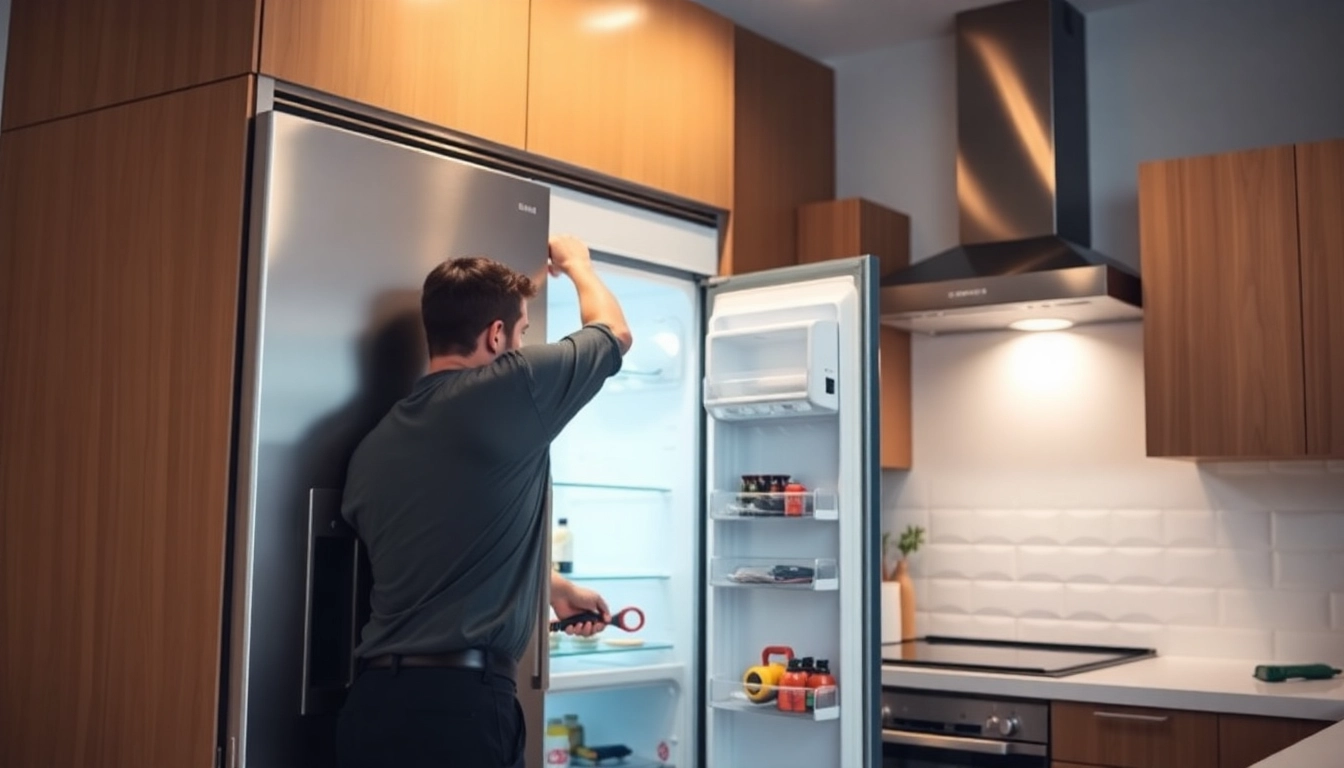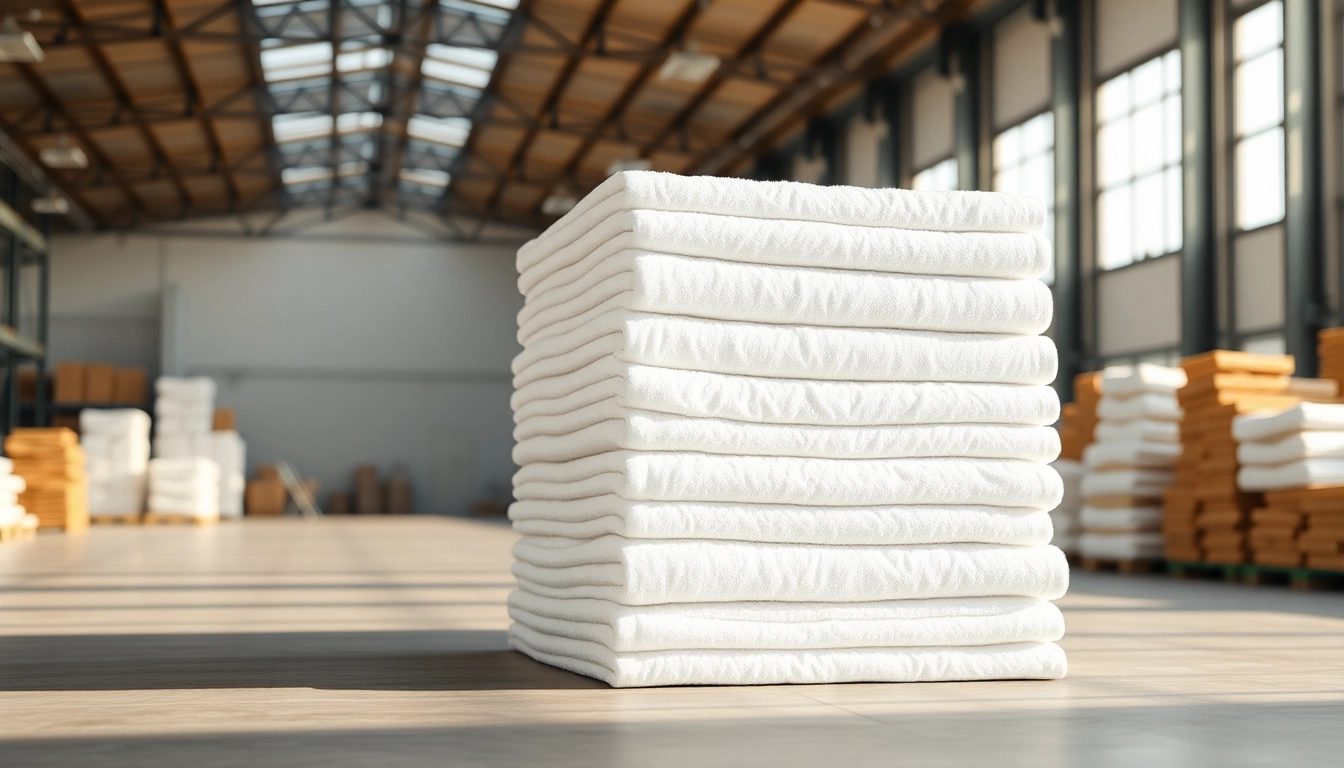Replacing windows is a strategic upgrade that boosts comfort, lowers energy bills, and enhances curb appeal. For a clear, practical framework of options, Replacement Windows guide home projects from planning through installation. Understanding the choices now will help you avoid common missteps and maximize long‑term value.
Understanding Replacement Windows: Benefits and Types
What Are Replacement Windows vs Retrofit
Replacement windows are designed to fit into existing openings after the old sash and frame are removed, often preserving the exterior trim while upgrading the interior seal, glass, and hardware. Retrofit windows focus on updating the glass only or reusing parts of the existing frame, typically with less disruption but potentially fewer performance gains. The choice hinges on current frame condition, budget, and desired energy performance.
Common Replacement Windows Types
Popular options include vinyl or fiberglass double‑hung, casement, and sliding windows, each offering distinct advantages. Picture and bay/bow configurations add architectural character while boosting daylight. For climate‑driven efficiency, many buyers pair these styles with Low‑E glass and gas fills to reduce heat transfer and improve comfort year‑round.
Replacement Windows Assessment: How to Decide
Begin with frame integrity, glass performance, and energy goals. Consider the noise environment, moisture history, and maintenance willingness. A practical assessment weighs (a) cost-to-benefit for energy savings, (b) durability of frame material, and (c) the expected lifespan of the unit. For most homes, a balanced mix of style, performance, and value is more important than chasing the latest trend.
Planning Your Replacement Windows Project
Budgeting for Replacement Windows: Costs and Options
Costs vary widely by style, material, and scope. In many markets, per‑window pricing includes the unit and installation, ranging from basic vinyl options to premium wood or fiberglass systems. A full‑home project can span a broad range depending on the number of openings, complexity of the frames, and glass choices. Set aside a contingency for add-ons such as decorative trim or specialized glazing, and prioritize energy‑efficient features that reduce long‑term operating costs.
Materials and Frames: Wood, PVC, Aluminum
Wood frames offer timeless aesthetics and excellent insulation but require regular maintenance. PVC (vinyl) frames deliver low maintenance and strong value, with good thermal performance. Aluminum frames provide strength and slim sightlines, though they can transfer heat or cold more readily unless insulated with thermal breaks or integrated glass systems. Many homeowners today choose composites or fiberglass for a durable, energy‑efficient middle ground.
Timeline and Contractor Selection for Replacement Windows
Plan for a multi‑week process from selection to installation—allow time for product availability, lead times, and potential permits. When choosing a contractor, verify licenses, read reviews, request written warranties, and confirm measurement protocols. A strong installer will provide a detailed written quote, a pre‑installation checklist, and a clear installation window.
Energy Efficiency and Comfort with Replacement Windows
Understanding U-Factor, SHGC, and Replacement Windows Performance
U‑Factor measures how well a window resists heat flow; a lower value means better insulation. SHGC (Solar Heat Gain Coefficient) gauges how much solar heat the glass transmits. For northern climates, prioritize low U‑factors and appropriately tuned SHGC to balance winter warmth with summer cooling. ENERGY‑efficient packages often combine insulated frames with multi‑pane glazing and Low‑E coatings for maximum performance.
Glass Options for Replacement Windows
Double‑pane with Low‑E and inert gas fills is standard for energy savings. Triple glazing can boost insulation in extreme climates. Tempered or laminated glass enhances safety, while tinted or spectrally selective glass reduces glare. Self‑cleaning coatings offer maintenance advantages in sunny or hard‑to‑reach areas.
Seasonal Comfort Gains with Replacement Windows
Well‑matched replacements minimize drafts in winter and reduce heat gain in summer, improving sleeping comfort and indoor climate stability. Proper sealing—including accurate sizing, flashing, and diverse weather barriers—matters as much as the glass itself in maintaining comfortable temperatures year‑round.
Selecting a Provider for Replacement Windows
Certifications, Warranties, and Service for Replacement Windows
Look for manufacturers with recognized certifications (such as industry standards for performance and installation) and installers offering robust workmanship warranties. A reliable provider should outline both product warranties and a clear service commitment for maintenance, glass seal failures, and potential frame issues over time.
Quotes, In‑Home Inspections, and Honest Pricing
Insist on in‑home measurements and a transparent quote that itemizes units, glass upgrades, labor, and disposal. Avoid price shock by asking about lead times, potential price changes due to material shortages, and any additional charges for unusual openings or custom sizing.
Case Studies: Real Replacement Windows Projects
Consider examples where a bungalow transitioned from single to multi‑pane vinyl windows, achieving measurable gains in comfort and a noticeable drop in heating costs. In a multi‑room renovation, strategic glazing choices paired with weather‑tight installation reduced drafts, while a historic home preserved exterior aesthetics with historically respectful trim and low‑profile frames. Real projects illustrate the balance between form, function, and value over time.
From Quote to Install: The Replacement Windows Process
Pre‑Installation Prep for Replacement Windows
Before work begins, clear furniture away from openings, protect floors, and confirm access to power and water for sealant curing or cleaning equipment. If any permits are required, secure them early in the planning stage to prevent delays.
Step‑by‑Step Installation Workflow
Installation typically proceeds with removal of sashes and old glazing, inspection of the existing frame for rot or damage, and preparation of a clean, squared opening. New units are mounted, fastened, and sealed, followed by interior and exterior trim refinishing. A final inspection checks for airtightness, operation, and proper drainage away from the structure.
Measuring Success: ROI and Long‑Term Performance
Success is reflected in energy savings, improved comfort, and enhanced curb appeal. A well‑installed replacement can deliver meaningful payback through lower utility bills, reduced drafts, and preserved home value. Track performance with annual energy cost comparisons and monitor for signs of seal failure or moisture intrusion in the years following installation.



